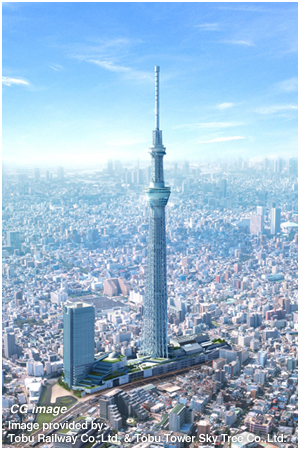Glowing green and red, shimmering hypnotically across the night sky, the aurora borealis is a wonder to behold. Longtime sky watchers say it is the greatest show on Earth.
It might be the greatest show in Earth orbit, too. High above our planet, astronauts onboard the International Space Station (ISS) have been enjoying an up-close view of auroras outside their windows as the ISS flys through geomagnetic storms.
Lately, the International Space Station has been flying through geomagnetic storms, giving astronauts an close-up view of the aurora borealis just outside their windows.
Auroras are caused by solar activity. Gusts of solar wind and coronal mass ejections strike Earth’s magnetic field, rattling our planet’s protective shell of magnetism. This causes charged particles to rain down over the poles, lighting up the atmosphere where they hit. The physics is akin to what happens in the picture tube of a color TV.
Incoming particles are guided by Earth’s magnetic field to a pair of doughnut-shaped regions called “auroral ovals.” There’s one around the North Pole and one around the South Pole. Sometimes, when solar activity is high, the ovals expand, and the space station orbits right through them.
That’s exactly what happened in late January 2012, when a sequence of M-class and X-class solar flares sparked a light show that Pettit says he won’t soon forget. “The auroras could be seen as brightly as city lights on the Earth below–and even in the day-night terminator of the rising and setting sun. It was simply amazing.”
The videos capture the full range of aurora colors—red, green, and many shades of purple. These hues correspond to different quantum transitions in excited atoms of oxygen and nitrogen. The precise color at any altitude depends on the temperature and density of the local atmosphere.







